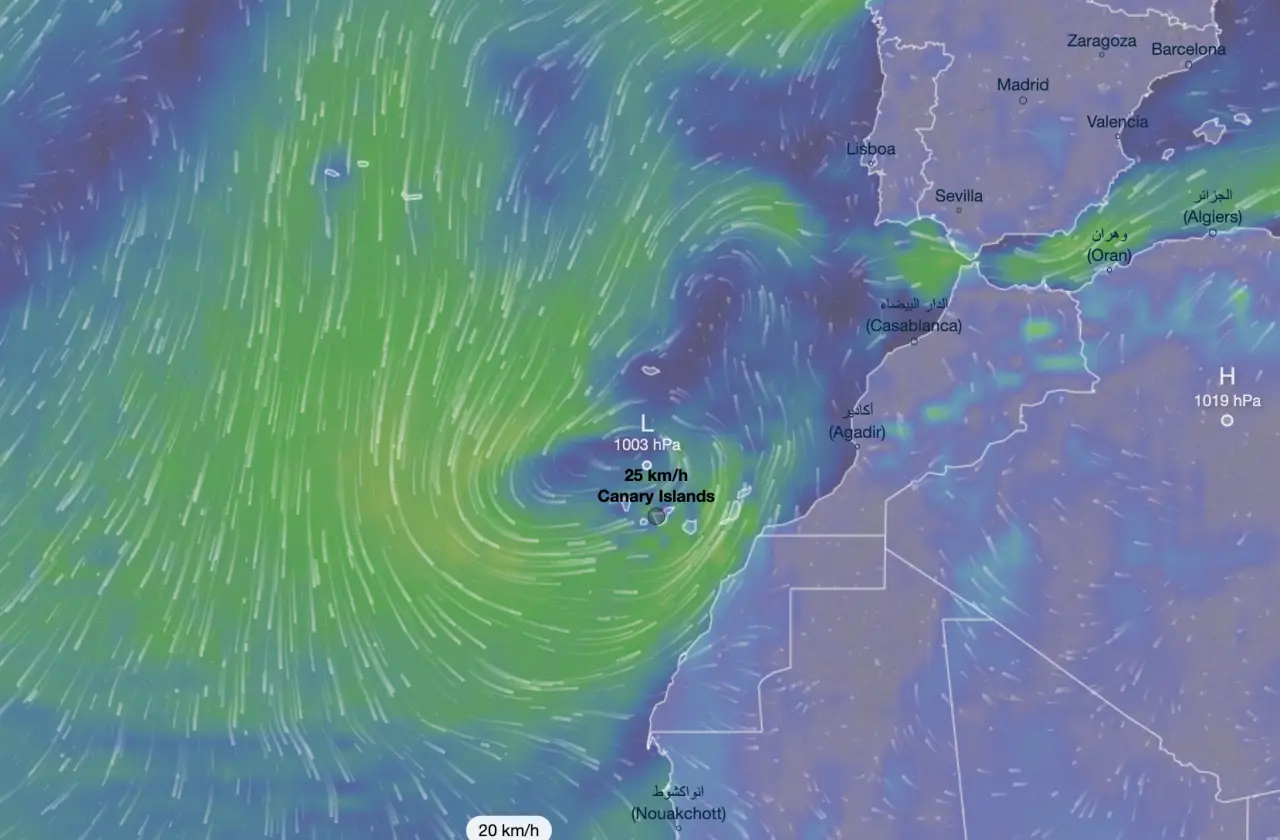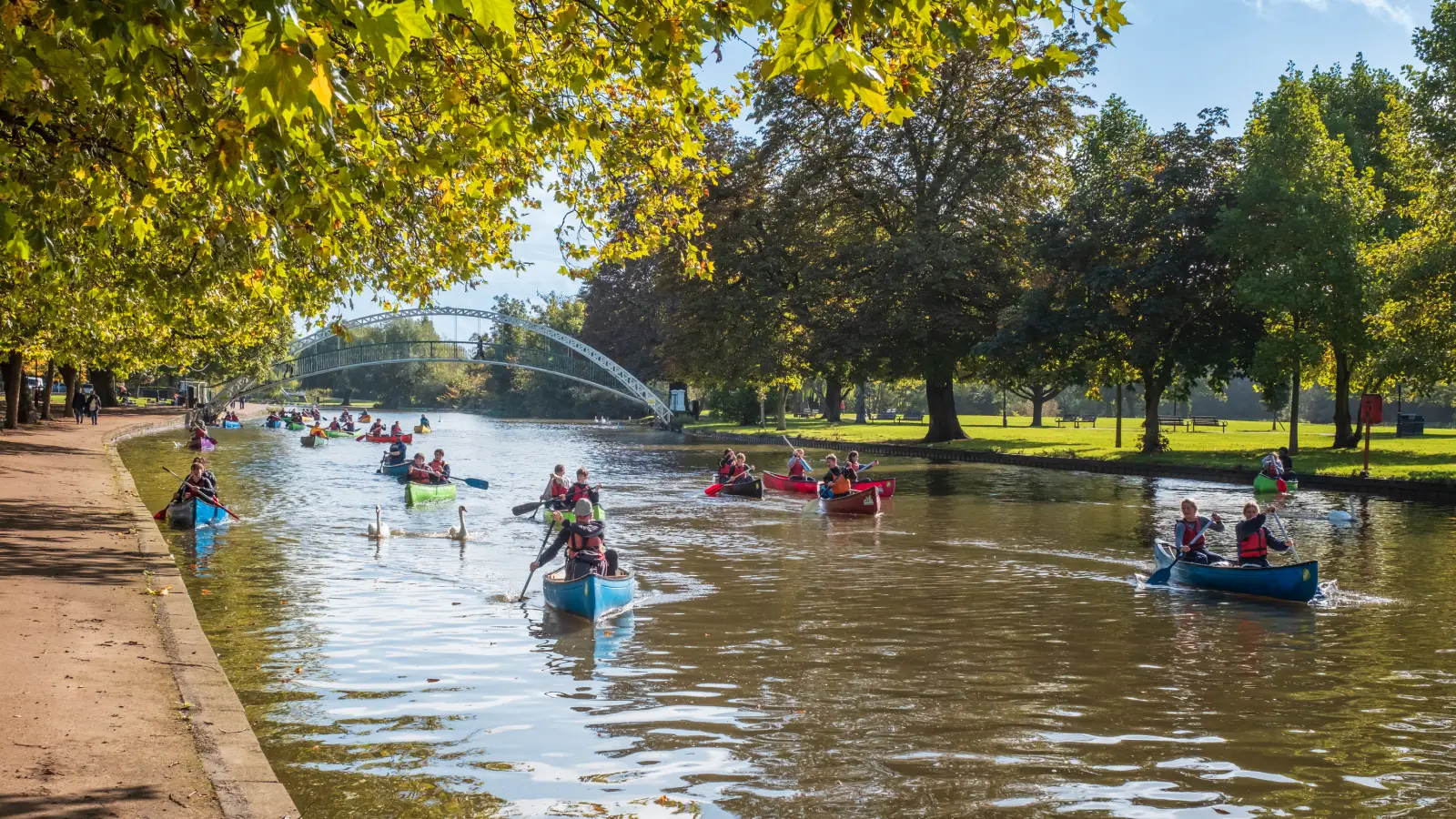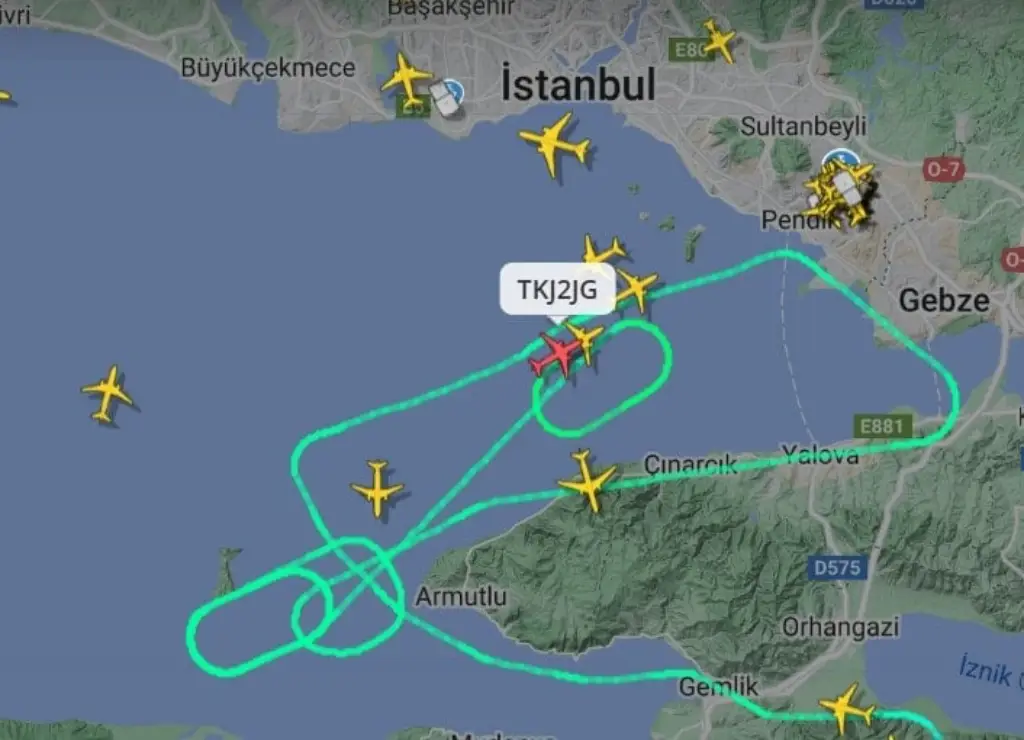Storm Olivier disrupts travel across the Canary Islands today, causing flight diversions, road closures, and widespread weather-related incidents that have impacted both tourists and residents. As heavy rains, strong winds, and low visibility swept across the archipelago, popular holiday destinations like Lanzarote, Gran Canaria, and Tenerife found themselves grappling with unexpected travel challenges.
For visitors arriving at César Manrique Airport in Lanzarote, the storm created an especially turbulent welcome. Five flights were forced to divert to Fuerteventura due to poor weather conditions. These included arrivals from Cardiff, Bristol, London Stansted, and London Gatwick—airports that serve thousands of British travelers seeking sunshine getaways in the Canaries. While passengers eventually reached the islands, many found their plans delayed or rerouted as the storm made safe landings impossible in Lanzarote.
Elsewhere across the islands, landslides and rockfalls made several roads impassable. Authorities reported blocked routes across Gran Canaria and parts of Tenerife, where rocks and debris created dangerous driving conditions. On the TF-5 highway near Los Realejos in Tenerife, a rockfall injured two people and damaged a vehicle, highlighting how quickly natural forces can turn routine journeys into emergencies.
Popular Destinations Affected
While Fuerteventura and Lanzarote were spared the worst of the landslides, other islands struggled under the weight of the storm’s rainfall. In total, the Canary Islands Government’s Security and Emergency Coordination Center (Cecoes 112) logged 147 incidents. Of these, 94 occurred in the province of Santa Cruz de Tenerife and 53 in Las Palmas de Gran Canaria. The incidents ranged from flooded roads and homes to fallen power lines and sewage overflows—most of which disrupted normal travel and tourism activities.
In tourist-heavy areas like San Bartolomé de Tirajana and Santa Lucía de Tirajana, emergency shelters were opened for vulnerable individuals, including those without stable housing. Although the shelters were primarily focused on residents, they also served as a safety net for stranded travelers who found themselves without accommodations due to weather-related cancellations or hazardous conditions.
Travelers planning visits to hiking trails, national parks, or scenic rural drives were particularly affected. Many popular outdoor routes and nature paths were closed as a precaution, limiting access to some of the Canary Islands’ most iconic landscapes. As the storm swept through mountain paths and coastal roads, tourism authorities advised visitors to check local alerts before setting out for any excursions.
Despite the storm’s disruption, airport operations have slowly begun to return to normal as weather conditions improve. Still, those flying into or out of the islands in the coming days are advised to check with airlines for the latest updates, especially if traveling to or from Lanzarote or Tenerife. Local transportation services have also increased monitoring of road conditions to ensure safe travel throughout the islands.
For tourists, the Canary Islands are usually associated with mild winters, volcanic landscapes, and sun-soaked beaches—not emergency alerts and diverted flights. But this recent episode with Storm Olivier is a reminder that even paradise isn’t immune to nature’s surprises. Whether you’re planning a trip or currently exploring the islands, staying informed and flexible remains essential.
Have you traveled through the Canary Islands during a storm? Share your experience or tips in the comments below.












